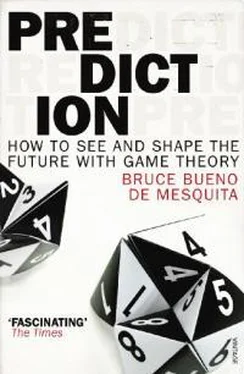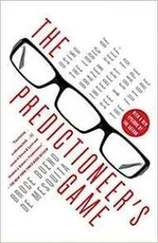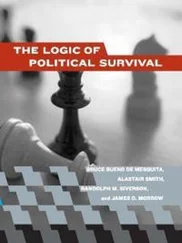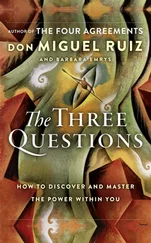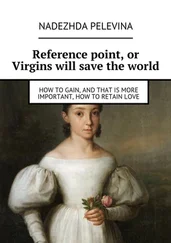NGOs
1
99
99
20
China
15
5
90
30
India
9
5
90
30
Brazil
4
3
90
40
I have rated the players’ positions on a scale from 0 to 100. A position of 50 is equivalent to continuing the greenhouse gas targets that came out of the Kyoto Protocol in 1997. These standards, as I previously discussed, called for rollbacks based on 1990 emission levels. Higher values on the position scale reflect tougher standards. For example, 60 is a 10 percent toughening of standards relative to the 1990 benchmark, 100 a 50 percent increase in mandatory greenhouse emissions reductions compared to 1990. Likewise, values below 50 reflect a weakening of the terms contained in the Kyoto agreement.
Ten years passed between the Kyoto negotiations and the new round of talks that began in Bali in 2007. There were intermediate discussions in 2000 and 2001, but these were not particularly dramatic. With that in mind, I have viewed the bargaining periods as fairly long, taking exchanges of ideas among the big players about how to deal with global warming as cycling around about once every five years. That means I have simulated the negotiated standards out for about 125 years. That is certainly a long time. We will want to take more seriously the predictions closer in than farther out, since a great deal can happen between now and 2130 (when none of us will be around to check on accuracy or praise success). Because so much can happen, I have simulated the data with random shocks to salience and to each stakeholder’s interest in building consensus or sticking to its guns. By randomly changing 30 percent of the salience values and 30 percent of the flexibility values in each bargaining round, we can look at a range of predicted futures to see whether the global warming simulations reveal strong trends. That will help us sort out how confident we can be about the toughness or weakness of future regulations of greenhouse gas emissions.
First let’s see what the big picture looks like. Then we will examine the simulations in more detail to get a sense of how optimistic or pessimistic we should be.
The heavy solid black line in figure 11.2 shows the most likely emission standard predicted by the game. The two heavy dotted lines depict the range of regulatory values that we can be 95 percent confident includes the true future regulatory environment according to the simulations. That range of values is pretty narrow, encompassing barely five points up or down through about 2050. After that, as we should expect, there is more uncertainty, but even as far into the future as 2130 the range is only about ten points up or down, so these are probably pretty reliable forecasts.
FIG. 11.2. The Withering Will to Regulate Greenhouse Gases
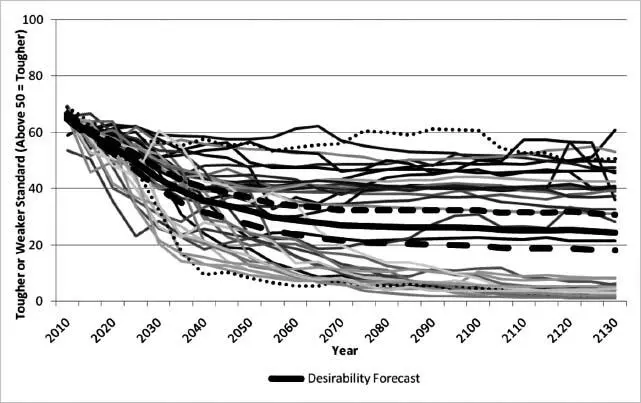
The most likely value—the heavy solid line—reflects our best estimate of what the big players might broadly agree to if the global warming debate continues without any significant new discoveries in its favor or against it. It tells us two stories. First, the rhetoric of the next twenty or thirty years endorses tougher standards than those proposed—and mostly ignored—at Kyoto in 1997. We know this because the predicted value through 2025 is above 50 on the scale. That’s the green part of the story. Second, support for tougher regulations falls almost relentlessly as the world closes in on 2050—a crucial date in the global warming debate. When we get to 2050, the mandatory standard being acted on is well below that set at Kyoto. By about 2070 it is down to 30, representing a significant weakening in standards. By 2100 it is closing in on 20 to 25. There’s no regulatory green light left in the story by its end.
Now let’s probe the details a bit. The figure shows us that there are some considerably more optimistic scenarios and also some considerably more pessimistic views that fall outside the 95 percent confidence interval. The most optimistic and pessimistic scenarios are depicted by the dotted lines at the top and bottom of the figure. The most optimistic scenario predicts no rollback in emission controls. It never dips below 50 on the scale. In fact, most of the time in this scenario the predicted level of greenhouse gas reduction hovers around 60, implying a 10 percent or so tougher standard than was agreed to in Kyoto. The pro-control faction in the United States is the driving force behind this optimistic perspective. Their salience rises from its initial level of 70 and remains remarkably high, hovering around 100. Because the issue becomes so salient to them, this U.S. group’s power (resources multiplied by salience) comes to dominate debate. Although their inclination to be tough might not be enough to satisfy diehard greens, keeping this group (mostly liberal Democrats) highly engaged is the best hope for tougher standards.
Only about 10 percent of the scenarios, however, look optimistic enough to anticipate even holding the line at the standard set in the Kyoto protocol. In contrast, there are dozens of scenarios in which the standard falls close to 0, indicating abandonment of the effort to regulate greenhouse gases. Typically in these scenarios, some mix of Brazil’s, India’s, and China’s salience rises while the salience of the pro-control faction in the United States and in the European Union drops well below their opening stance. They just seem to lose interest in greenhouse gas regulations. That decline raises its ugly head especially during global economic slowdowns, so global economic patterns are critical for us to watch as they can guide our choice of the scenarios that we should pay the most attention to. Without commitment to change by the European Union and the United States, it becomes much easier for the key developing economies to prevail with the support and even encouragement of the anticontrol American faction (mostly conservative Republicans).
Since many of my twenty-, thirty-, and even forty-year-old readers will be around in 2050, I hope you will remember to take your dusty copy of this book off the shelf then and compare the greenhouse gas predictions to the reality with which you are then living. Perhaps you’ll even think to write to my children, or their children, just to say whether I got it right or wrong.
So far, there is little basis for believing greenhouse gases will be regulated away. Just in case you’re still a believer in a Kyoto-style regulatory regime, but one with teeth, figure 11.3 zooms in on the biggest of the big players, at least the biggest for now: the European Union, the two U.S. factions, China, and India. Americans who worry about global warming, like their European Union brethren, remain committed through about 2030 or 2040 to tougher standards than were announced in Kyoto. But after that, they join forces with those who put economic growth ahead of regulating carbon dioxide and other emissions. We’ll see shortly why that may not be so bad. The voice that dominates debate after 2040 or so is the voice of Americans who today are not convinced global warming is for real. The Chinese and the Indians support that American perspective, in the process convincing the other big players to adopt even weaker standards than those that were not enforced after Kyoto. Of course, there is little reason to think that these standards will be enforced either. I took a look at an enforcement issue, and believe me, it is not a pretty picture. No one among the real decision makers remains in favor of putting real teeth behind global climate change standards.
All of this may be leaving you rather depressed, but perhaps it shouldn’t. The likely solution to global warming lies in the competitive technology game that global warming itself helps along; it doesn’t depend on the regulatory schemes that are so popular among the world’s nations. These schemes, well-intentioned though they are, are also predictably vacuous. They are exercises in what game theorists call cheap talk. Promises are easily made but not easily enforced. Just look at the record of the signatories to the Kyoto Protocol.
Читать дальше
